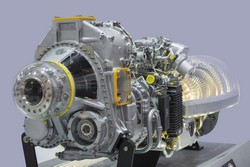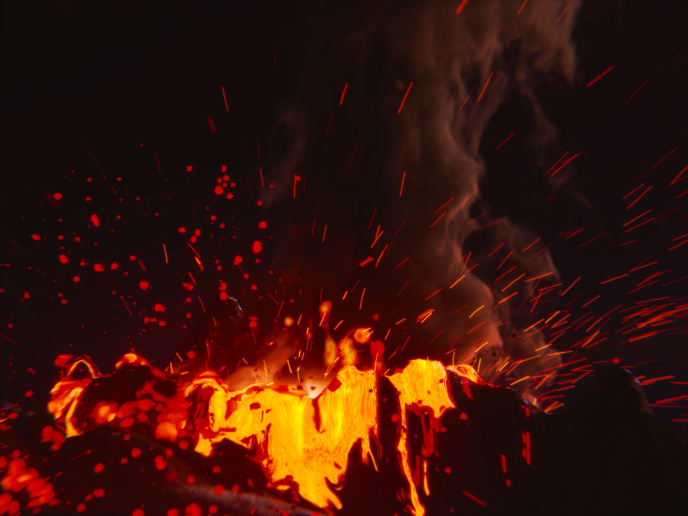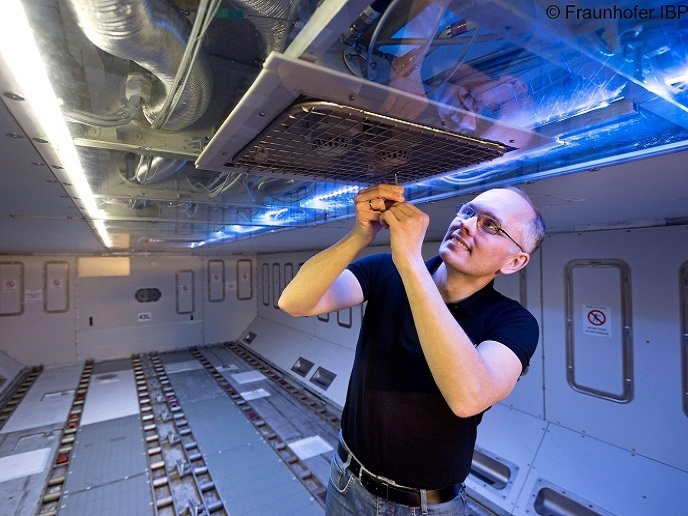Optimised rotating aero engine structures for future aircraft
Manufacturing near-net-shape products significantly reduces processing time and production costs. When it comes to the large and complex components with stringent specifications required by the aerospace industry, this is no easy task. The counter-rotating open rotor (CROR) engine concept is among the many concepts being pursued by the EU to make air transport greener. The EU-funded R-NOZZLE (Rotating nozzle) project addressed the challenge by focusing on the rotating exhaust nozzle of the CROR engine concept. Project partners developed all rotating components for the CROR engine’s exhaust nozzle. Overall, their aim was to determine the right design to sustain the functional and failure loads, while keeping its central task of channelling the main air flow from the combustion, and the secondary air flow for ventilation to exit the engine boundaries. They carried out extensive dynamic, fatigue, assembly and manufacturing analyses, as well as load cases and an analysis of the appropriate quality plan for the parts. Research and development of materials and designs for nozzle components was carried out via material selection, manufacturing trials and characterisation. Nozzle components were evaluated through a series of manufacturing tests to ensure the quality of the material, process and manufacturing stages. The materials and designs were optimised via modelling. The R-NOZZLE team optimised the components for operation in an integrated engine. Some of the specifications met were functional, dynamic performance versus excitation frequencies, temperature range of operations, and structural performance versus static and fatigue load cases. Lastly, the nozzle design was successfully validated, manufactured and delivered. R-NOZZLE delivered all nozzle components required for the CROR demonstrator. This should open the door to production of large, rotating aero engine components in a cost-effective, eco-friendly way.







